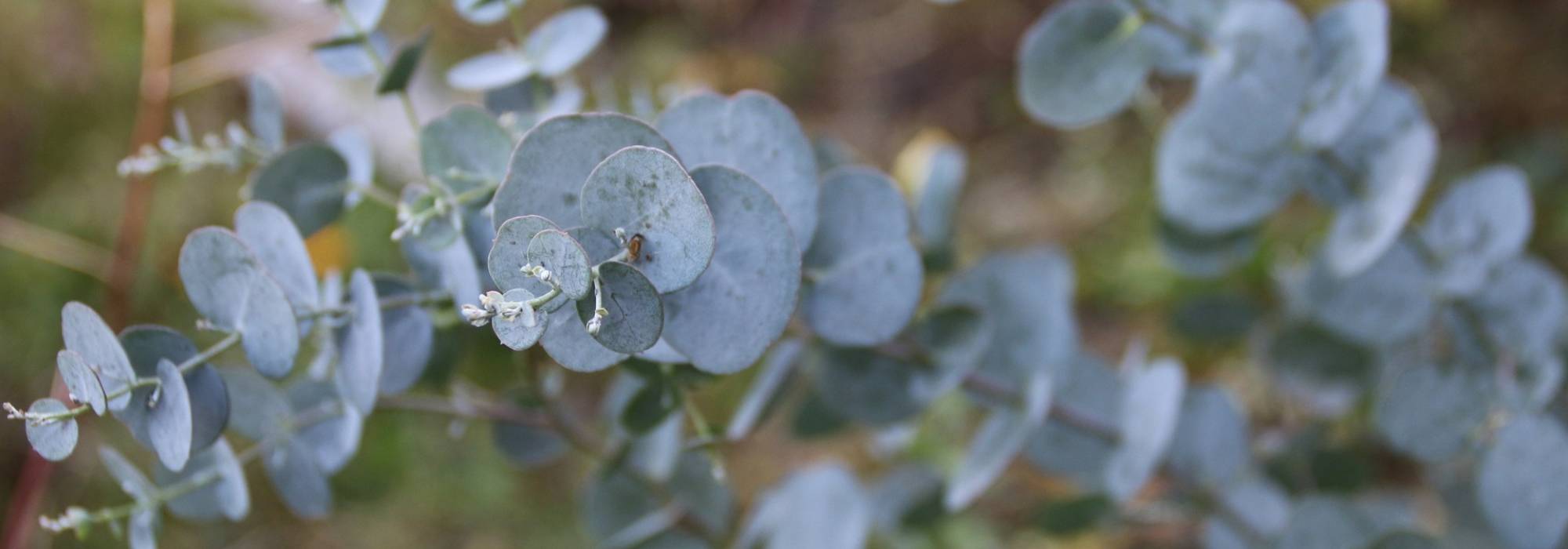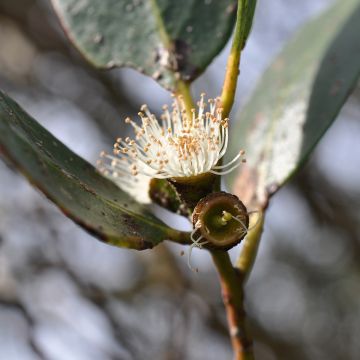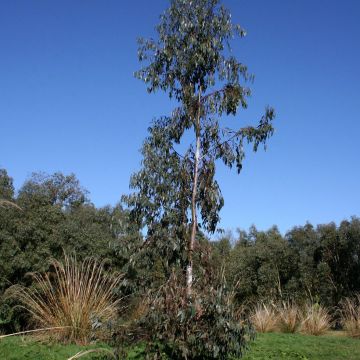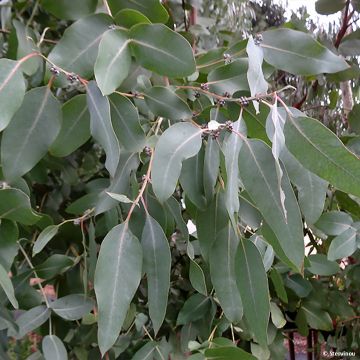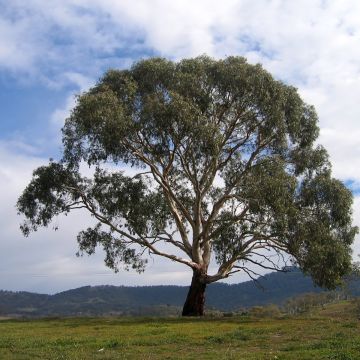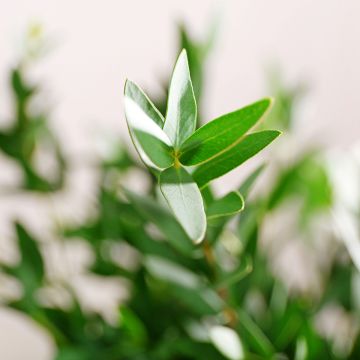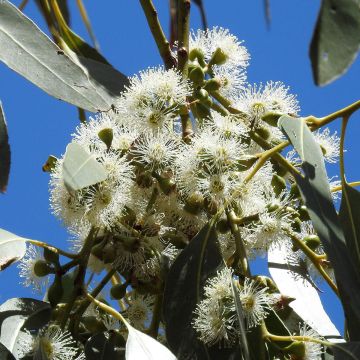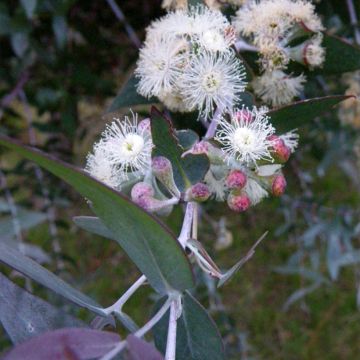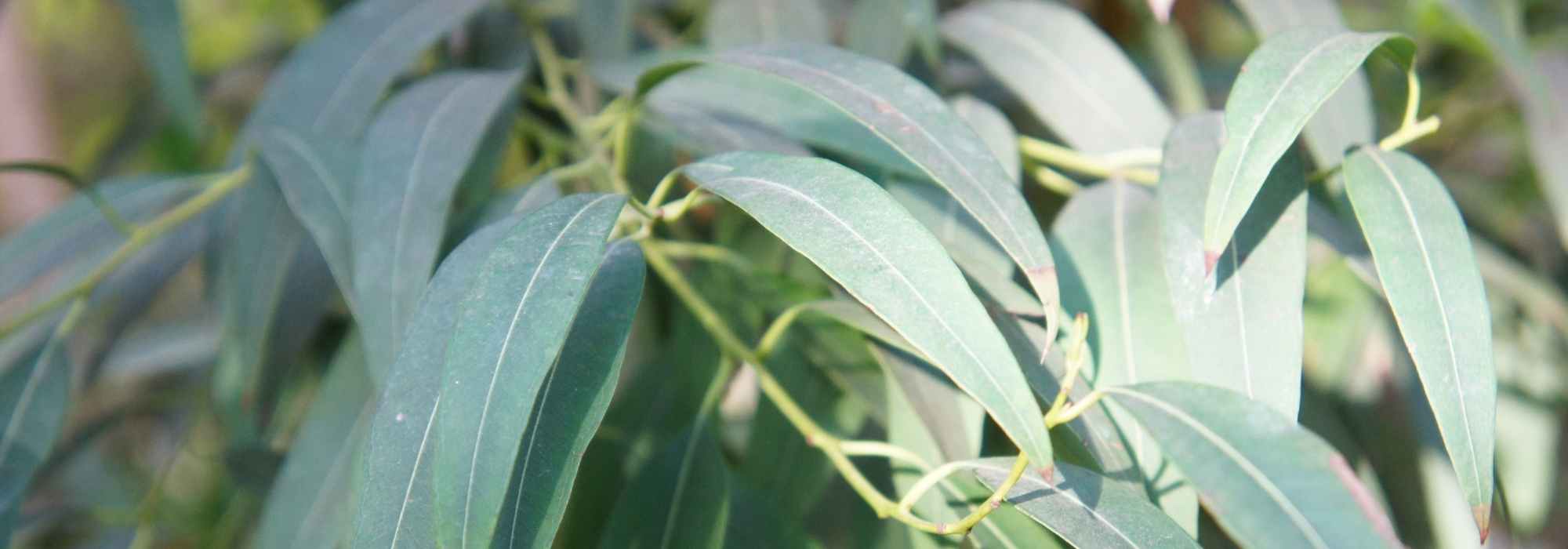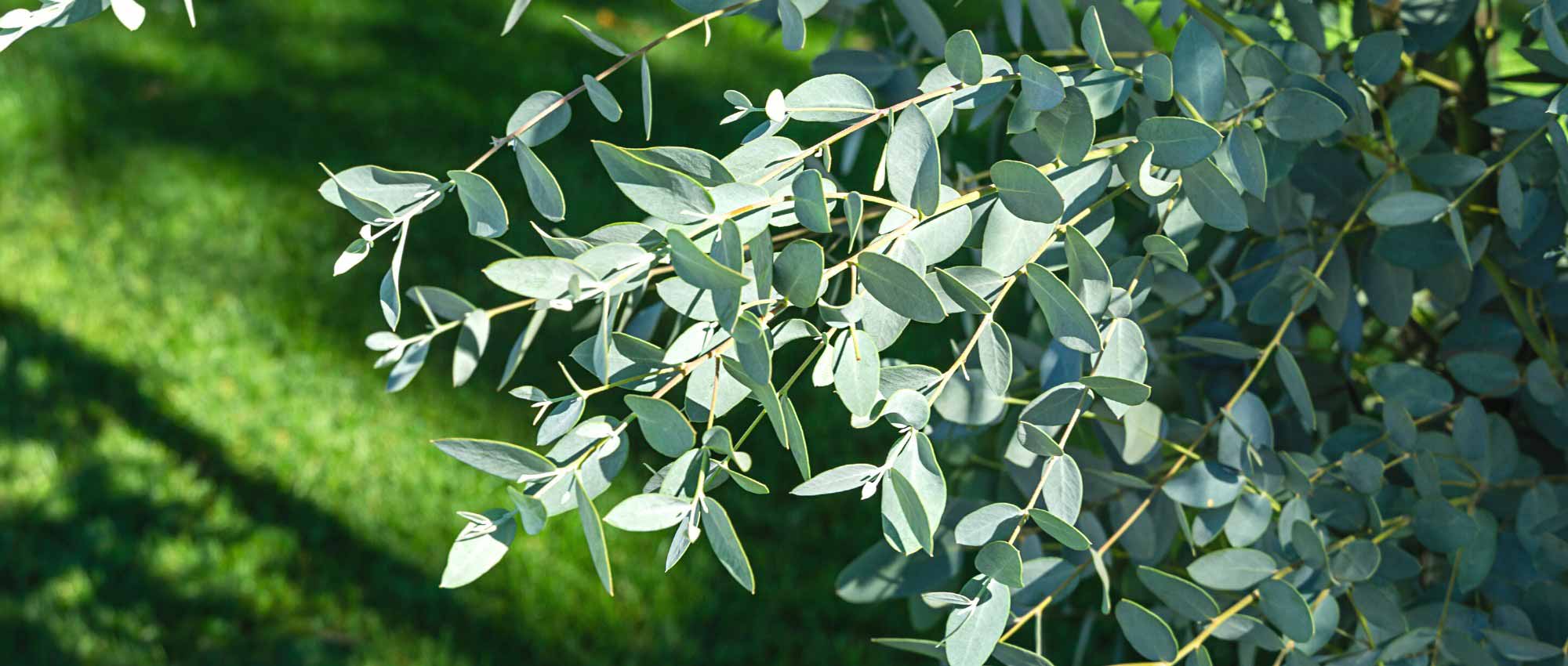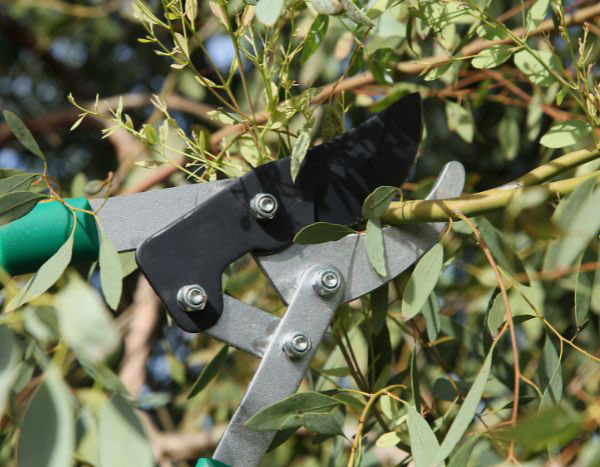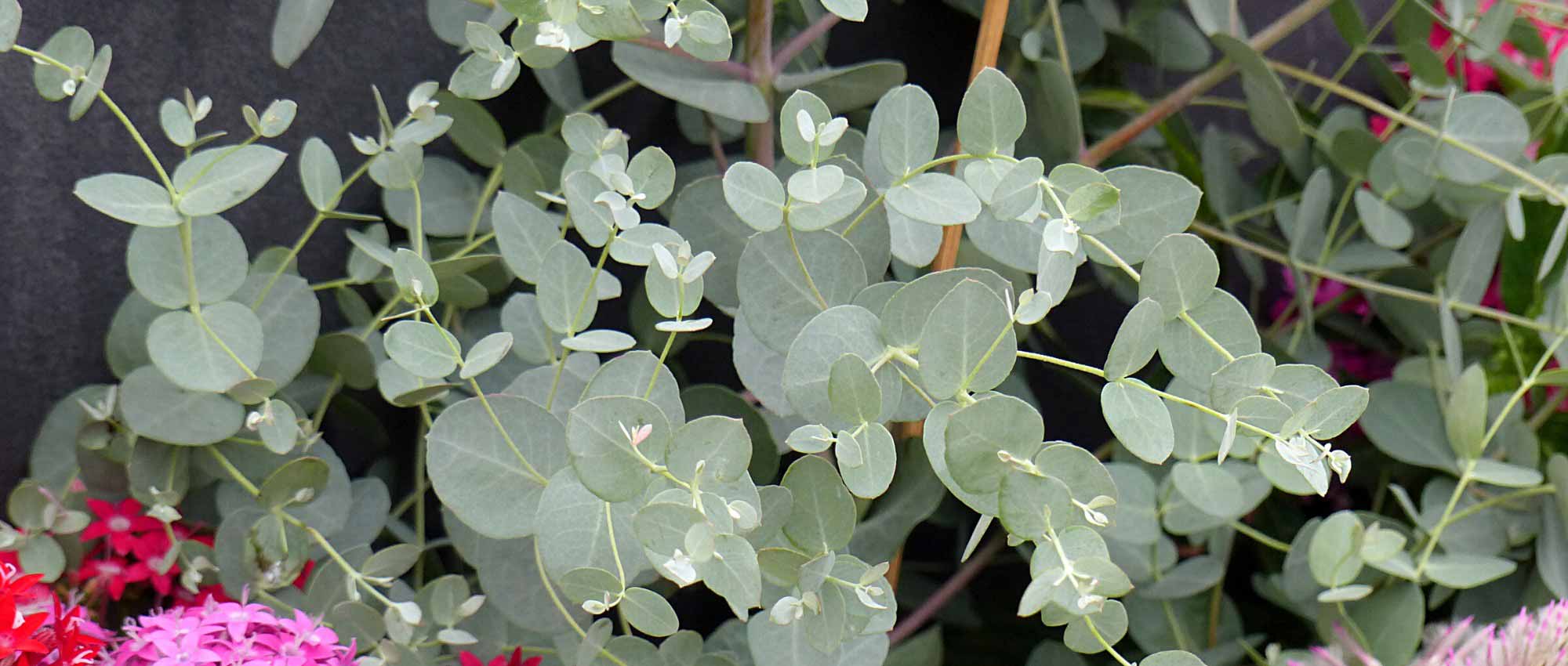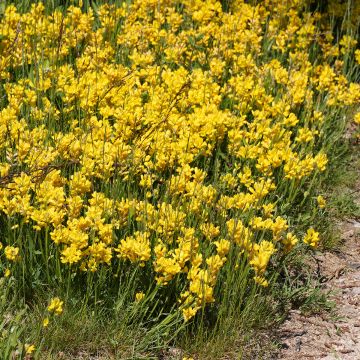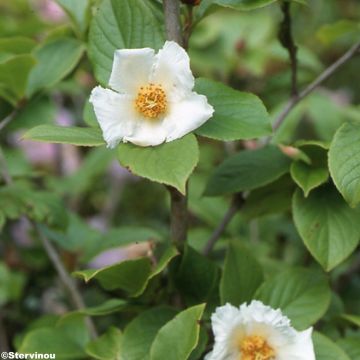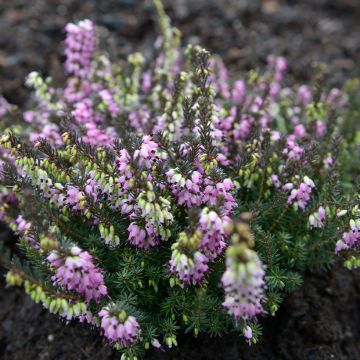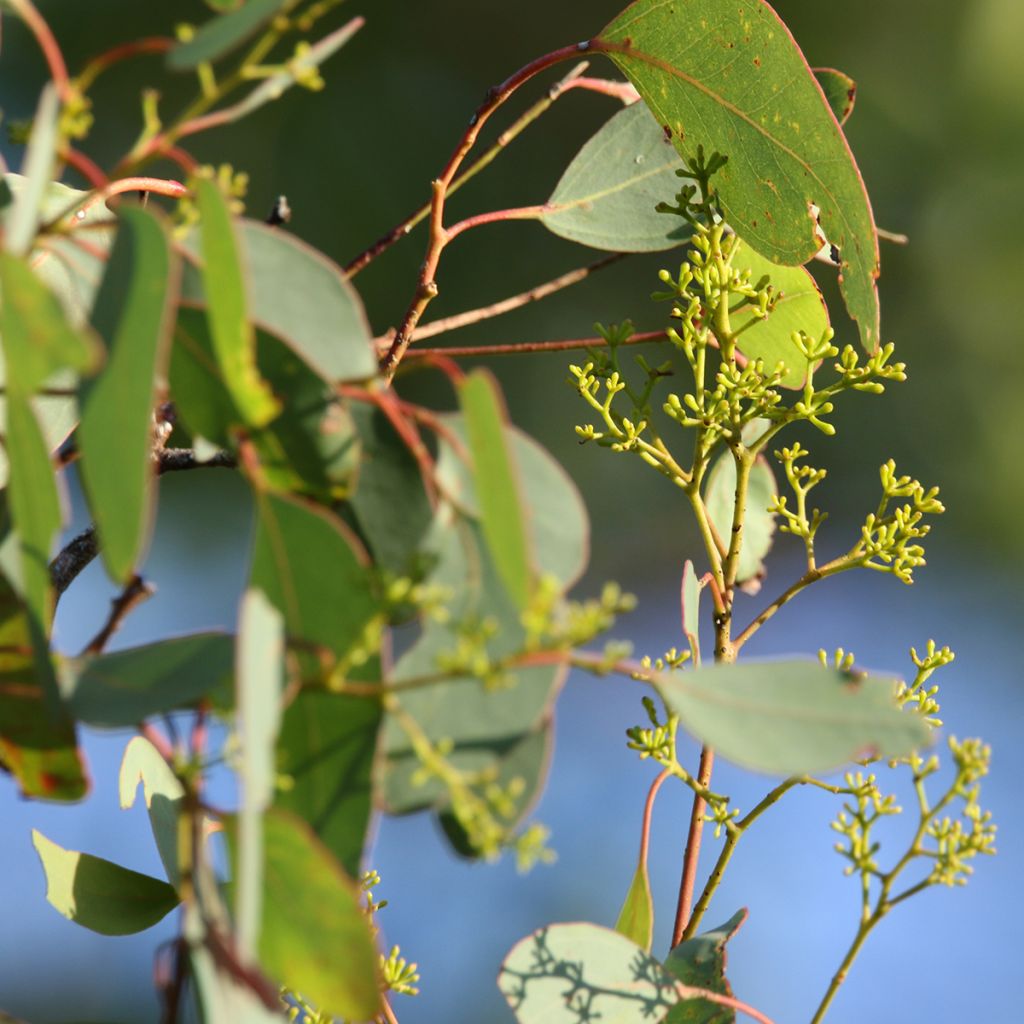

Eucalyptus polyanthemos
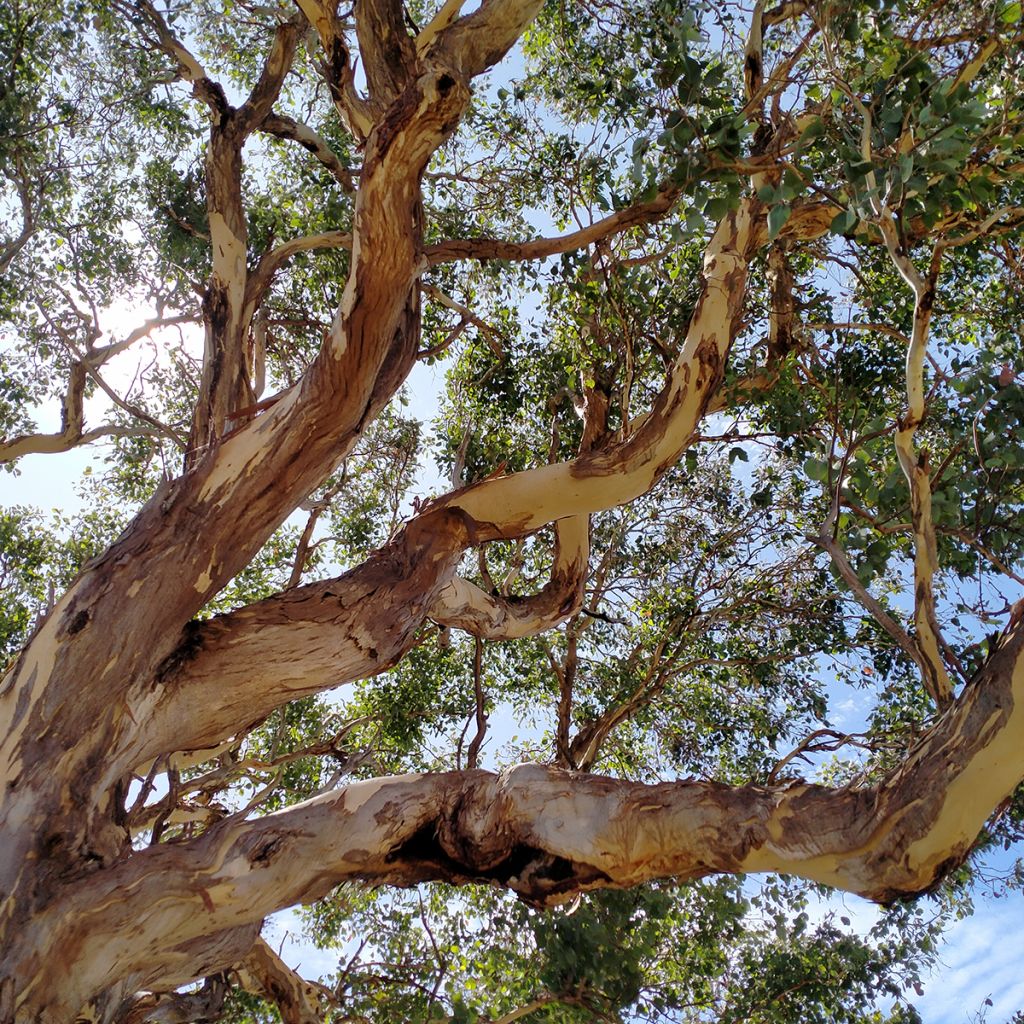

Eucalyptus polyanthemos
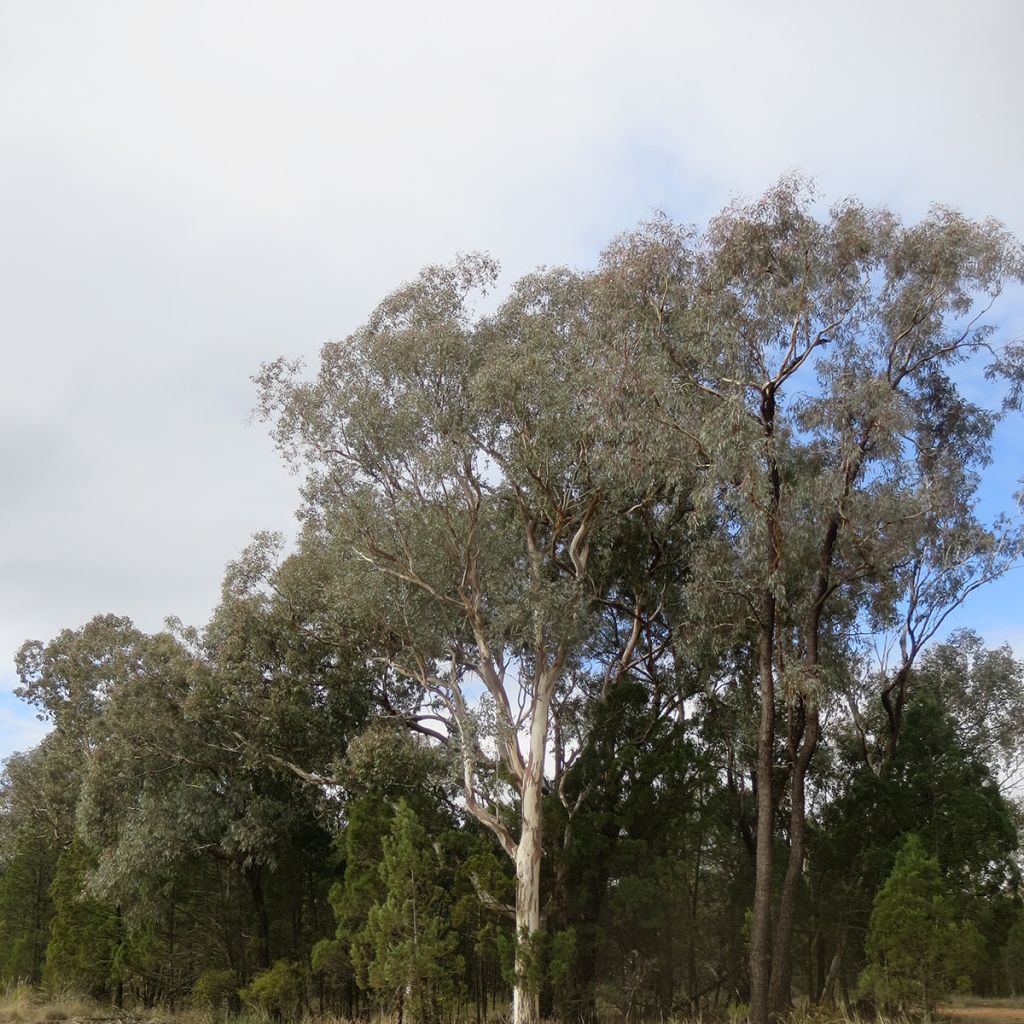

Eucalyptus polyanthemos
Eucalyptus polyanthemos
Eucalyptus polyanthemos
Red Box, Silver Dollar Tree, Australian beech
Special offer!
Receive a €20 voucher for any order over €90 (excluding delivery costs, credit notes, and plastic-free options)!
1- Add your favorite plants to your cart.
2- Once you have reached €90, confirm your order (you can even choose the delivery date!).
3- As soon as your order is shipped, you will receive an email containing your voucher code, valid for 3 months (90 days).
Your voucher is unique and can only be used once, for any order with a minimum value of €20, excluding delivery costs.
Can be combined with other current offers, non-divisible and non-refundable.
Home or relay delivery (depending on size and destination)
Schedule delivery date,
and select date in basket
This plant carries a 24 months recovery warranty
More information
We guarantee the quality of our plants for a full growing cycle, and will replace at our expense any plant that fails to recover under normal climatic and planting conditions.
Would this plant suit my garden?
Set up your Plantfit profile →
Description
Eucalyptus polyanthemos, also known as the floriferous gum tree, is a frost-tender Australian species with significant, beautiful, white autumn to winter flowering and particularly decorative juvenile foliage. In coastal gardens, it quickly forms an interesting tree with a wide crown, decorative throughout the year. Its flowering is ornamental and nectar-rich. In coastal gardens, it thrives in full sun and well-drained soil.
Eucalyptus polyanthemos is a tree from the Myrtaceae family, like the Feijoa, Callistemon or Myrtle. This species is native to the far southeast of Australia, from the Central Plateaus and Western Plains of New South Wales to the east and centre of Victoria. It is usually found on slopes in shallow soils. It can reach up to 20 m (66ft) in height in its native habitat. Its growth is rapid.
In cultivation in our latitudes, it eventually forms a tree about 15 m (49ft) in height and width, with a naturally spreading habit. This species, which has a lignotuber, is capable of producing shoots from its stump if its aboveground vegetation has been destroyed by frost or fire. Its bark is sometimes completely smooth, sometimes adorned with greyish flakes made up of pieces of old bark. Only the base of the trunk has rough and grey bark. The smooth bark is spotted with cream, grey, white, and yellow.
Like many species, the E. polyanthemos has two types of foliage, juvenile and adult, which coexist on the same plant. Intermediate leaf forms are also observed in its crown. When it first appears, the young foliage is extremely decorative. The juvenile leaves are always petiolate, arranged in opposite pairs towards the base of the branches and then alternately towards their tips. They are heart-shaped and measure between 2.5 and 5 cm (1 and 2in) long and 2.5 to 5 cm (1 to 2in) wide. Their colour is a greyish-blue matte green. The adult leaves are darker, olive-green, elongated (lanceolate), and larger.
The flowering is quite spectacular between September and January depending on the climate. It is often observed in October-November. It takes the form of large cream-white pompoms (formed by dozens of elongated stamens surrounding the central pistil). The pompoms are grouped in small umbels of 3 to 7 units. The flowers are nectar-rich and highly visited by bees. The flowers are followed by barrel-shaped fruits measuring up to 6 cm (2in) long.
Eucalyptus polyanthemos prefers slightly acidic to neutral soils but can tolerate some limestone. It requires well-drained soil to avoid waterlogging and tolerates drought well. Its hardiness is low, it can withstand brief frosts of around -5 °C. Very young specimens naturally grow as coppice.
Eucalyptus polyanthemos works well in large gardens and parks. This tree, with its white and bluish-green tones, brings a real touch of exoticism and elegance to the landscape. It can be easily associated with mimosas, the tall weeping bottlebrush, or purple foliage (Sambucus Black Lace, Cotinus Royal Purple).
Eucalyptus polyanthemos in pictures




Plant habit
Flowering
Foliage
Botanical data
Eucalyptus
polyanthemos
Myrtaceae
Red Box, Silver Dollar Tree, Australian beech
Australia
Other Eucalyptus
View all →Planting and care
Eucalyptus polyanthemos should be planted in early spring, or in autumn in very mild climates, in well-drained soil, preferably neutral to slightly acidic. However, it also tolerates some limestone. It grows in sunny positions, sheltered from strong, cold winds. Water regularly to help your eucalyptus establish itself, and also in summer if it is very dry. Once well rooted, after 3-4 years of cultivation, the tree can manage on its own. Pruning is not necessary, but it is tolerated in spring, which helps keep the plant to more modest dimensions. In March, you can occasionally cut it back to ground level to form a beautiful, dense bush, about 3-4 metres (10-13 feet) tall, which will allow you to enjoy the juvenile foliage, even more decorative than the adult foliage. However, you will be deprived of flowering.
The stump of this eucalyptus dies below -5 /-7°C (19.4°F).
Planting period
Intended location
Care
Planting & care advice
This item has not been reviewed yet - be the first to leave a review about it.
Similar products
Haven't found what you were looking for?
Hardiness is the lowest winter temperature a plant can endure without suffering serious damage or even dying. However, hardiness is affected by location (a sheltered area, such as a patio), protection (winter cover) and soil type (hardiness is improved by well-drained soil).

Photo Sharing Terms & Conditions
In order to encourage gardeners to interact and share their experiences, Promesse de fleurs offers various media enabling content to be uploaded onto its Site - in particular via the ‘Photo sharing’ module.
The User agrees to refrain from:
- Posting any content that is illegal, prejudicial, insulting, racist, inciteful to hatred, revisionist, contrary to public decency, that infringes on privacy or on the privacy rights of third parties, in particular the publicity rights of persons and goods, intellectual property rights, or the right to privacy.
- Submitting content on behalf of a third party;
- Impersonate the identity of a third party and/or publish any personal information about a third party;
In general, the User undertakes to refrain from any unethical behaviour.
All Content (in particular text, comments, files, images, photos, videos, creative works, etc.), which may be subject to property or intellectual property rights, image or other private rights, shall remain the property of the User, subject to the limited rights granted by the terms of the licence granted by Promesse de fleurs as stated below. Users are at liberty to publish or not to publish such Content on the Site, notably via the ‘Photo Sharing’ facility, and accept that this Content shall be made public and freely accessible, notably on the Internet.
Users further acknowledge, undertake to have ,and guarantee that they hold all necessary rights and permissions to publish such material on the Site, in particular with regard to the legislation in force pertaining to any privacy, property, intellectual property, image, or contractual rights, or rights of any other nature. By publishing such Content on the Site, Users acknowledge accepting full liability as publishers of the Content within the meaning of the law, and grant Promesse de fleurs, free of charge, an inclusive, worldwide licence for the said Content for the entire duration of its publication, including all reproduction, representation, up/downloading, displaying, performing, transmission, and storage rights.
Users also grant permission for their name to be linked to the Content and accept that this link may not always be made available.
By engaging in posting material, Users consent to their Content becoming automatically accessible on the Internet, in particular on other sites and/or blogs and/or web pages of the Promesse de fleurs site, including in particular social pages and the Promesse de fleurs catalogue.
Users may secure the removal of entrusted content free of charge by issuing a simple request via our contact form.
The flowering period indicated on our website applies to countries and regions located in USDA zone 8 (France, the United Kingdom, Ireland, the Netherlands, etc.)
It will vary according to where you live:
- In zones 9 to 10 (Italy, Spain, Greece, etc.), flowering will occur about 2 to 4 weeks earlier.
- In zones 6 to 7 (Germany, Poland, Slovenia, and lower mountainous regions), flowering will be delayed by 2 to 3 weeks.
- In zone 5 (Central Europe, Scandinavia), blooming will be delayed by 3 to 5 weeks.
In temperate climates, pruning of spring-flowering shrubs (forsythia, spireas, etc.) should be done just after flowering.
Pruning of summer-flowering shrubs (Indian Lilac, Perovskia, etc.) can be done in winter or spring.
In cold regions as well as with frost-sensitive plants, avoid pruning too early when severe frosts may still occur.
The planting period indicated on our website applies to countries and regions located in USDA zone 8 (France, United Kingdom, Ireland, Netherlands).
It will vary according to where you live:
- In Mediterranean zones (Marseille, Madrid, Milan, etc.), autumn and winter are the best planting periods.
- In continental zones (Strasbourg, Munich, Vienna, etc.), delay planting by 2 to 3 weeks in spring and bring it forward by 2 to 4 weeks in autumn.
- In mountainous regions (the Alps, Pyrenees, Carpathians, etc.), it is best to plant in late spring (May-June) or late summer (August-September).
The harvesting period indicated on our website applies to countries and regions in USDA zone 8 (France, England, Ireland, the Netherlands).
In colder areas (Scandinavia, Poland, Austria...) fruit and vegetable harvests are likely to be delayed by 3-4 weeks.
In warmer areas (Italy, Spain, Greece, etc.), harvesting will probably take place earlier, depending on weather conditions.
The sowing periods indicated on our website apply to countries and regions within USDA Zone 8 (France, UK, Ireland, Netherlands).
In colder areas (Scandinavia, Poland, Austria...), delay any outdoor sowing by 3-4 weeks, or sow under glass.
In warmer climes (Italy, Spain, Greece, etc.), bring outdoor sowing forward by a few weeks.






























